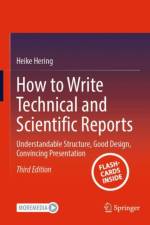av Satej Kumar Sahu
745,-
Learn how to protect PHP applications from potential vulnerabilities and attacks. As cyberattacks and data breaches continue to rise, it's crucial for developers and organizations to prioritize security in their PHP applications. The book offers an all-encompassing guide to securing PHP applications, covering topics ranging from PHP core security to web security, framework security (with a focus on Laravel), security standards, and protocol security.After examining PHP core security and essential topics, such as input validation, output encoding, secure session management, and secure file handling, you'll move on to common security risks in PHP applications and provides practical examples to demonstrate effective security measures. From there, you'll delve into web security, addressing XSS, SQL injection, and CSRF, reviewing in-depth explanations and mitigation techniques.A significant portion of the book focuses on Laravel's built-in security features, guiding readers to avoid common pitfalls. Industry-standard security protocols like HTTP, OAuth, and JSON Web Tokens are explained with demonstrations for how to effectively use them to ensure integrity, confidentiality, and authenticity in web applications. Additionally, protocol security is discussed, including secure communication, file transfer protocols (SFTP), and email handling. Security in cloud and hybrid environments is also discussed.This book's comprehensive and inclusive approach spans a wide range of security topics related to PHP and ensures that no critical areas are overlooked. It goes beyond theoretical concepts by providing practical guidance and actionable steps. It includes code snippets, real-world examples, case studies, and hands-on exercises, enabling you to apply the knowledge gained in practical scenarios. Building Secure PHP Applications provides a holistic approach to security, empowering you to build robust and resilient PHP applications.






























